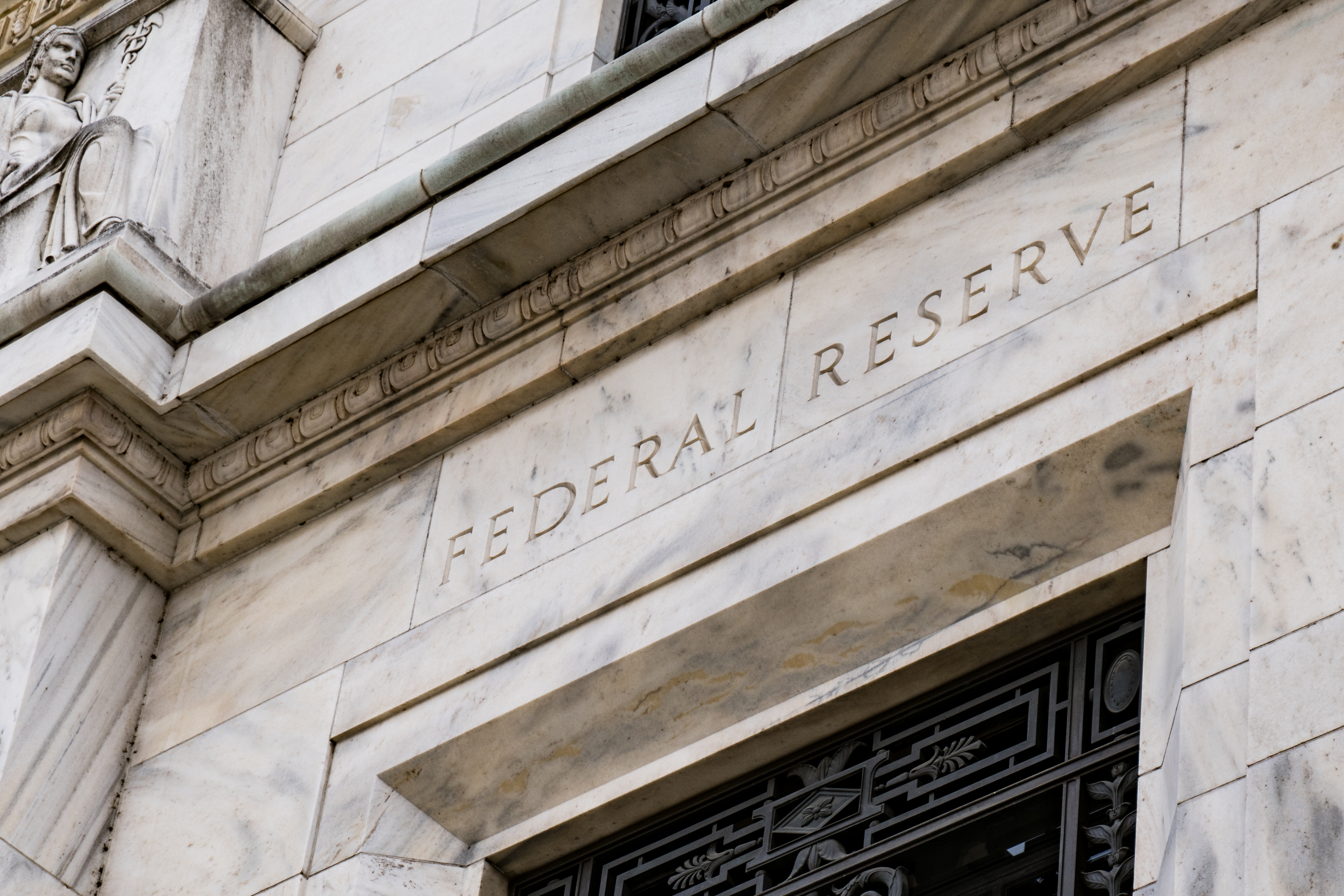Seven weeks after the Federal Reserve raised the benchmark U.S. interest rate for the first time since 2018, the central bank is set to hold its third meeting of the year as monetary policy makers struggle to contain inflation.
The two-day, closed-door meeting is likely to contain few surprises, since Fed Chair Jerome Powell has already tipped the likely decision. But crypto traders and counterparts in traditional markets will be watching closely for clues on the central bank's future plans, with some economists now worried about the prospect of a recession at a time when consumer prices are already rising at their fastest pace in four decades.
Powell said during a panel discussion hosted by the International Monetary Fund (IMF) in April that the Federal Open Market Committee (FOMC) – as the Fed's monetary-policy committee is known – was considering a 50 basis point (0.5 percentage point) rate hike in May; he said that the central bank is committed to raising rates “expeditiously.” This would be the first time in 22 years that the Fed raised its benchmark rate by half a point.
He also said that a 50 basis point rate hike not only in May but potentially in the upcoming months as well is preferred by several FOMC members.
As a result, bond-market traders are almost unanimously betting on a 50 basis point increase, according to the CME FedWatch Tool.
Minutes for the FOMC’s March meeting revealed that “many” members of the committee already wanted to go for a half percentage point hike in March but decided for a quarter-point hike partly because of the uncertainty associated with the war in Ukraine.
The Federal Reserve is expected to announce more details on how it will reduce its $9 trillion balance sheet, which more than doubled in size during the pandemic.
While members of the FOMC have hinted at the pace and aggressiveness of shrinking the Fed’s holdings, analysts are still awaiting a definitive plan that would explain when the central bank will start the process, and how high it would set monthly caps for the runoff.
The last time the Fed reduced its balance sheet in 2017-19, it did so by about $50 billion per month, which is a much slower pace than the $95 billion that the FOMC said it would consider this time.
